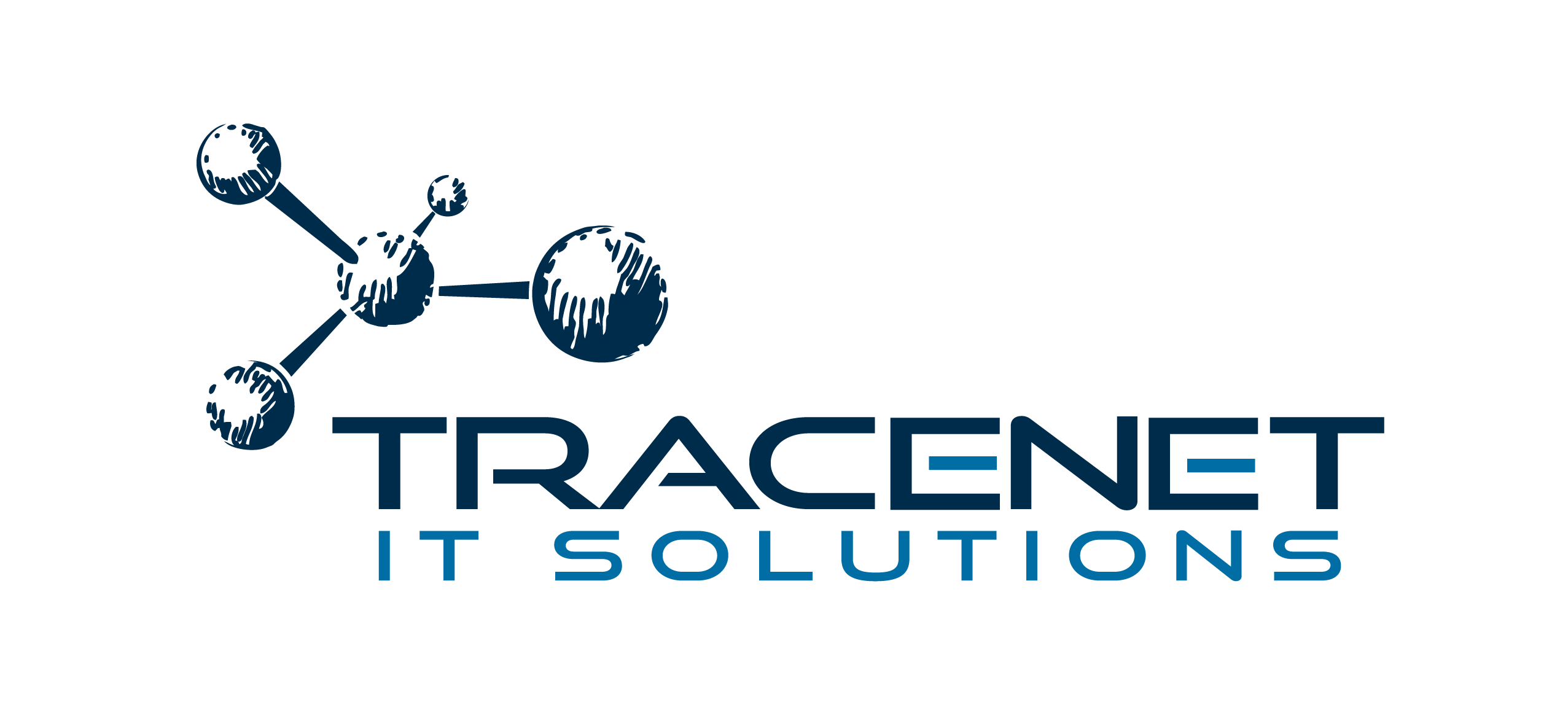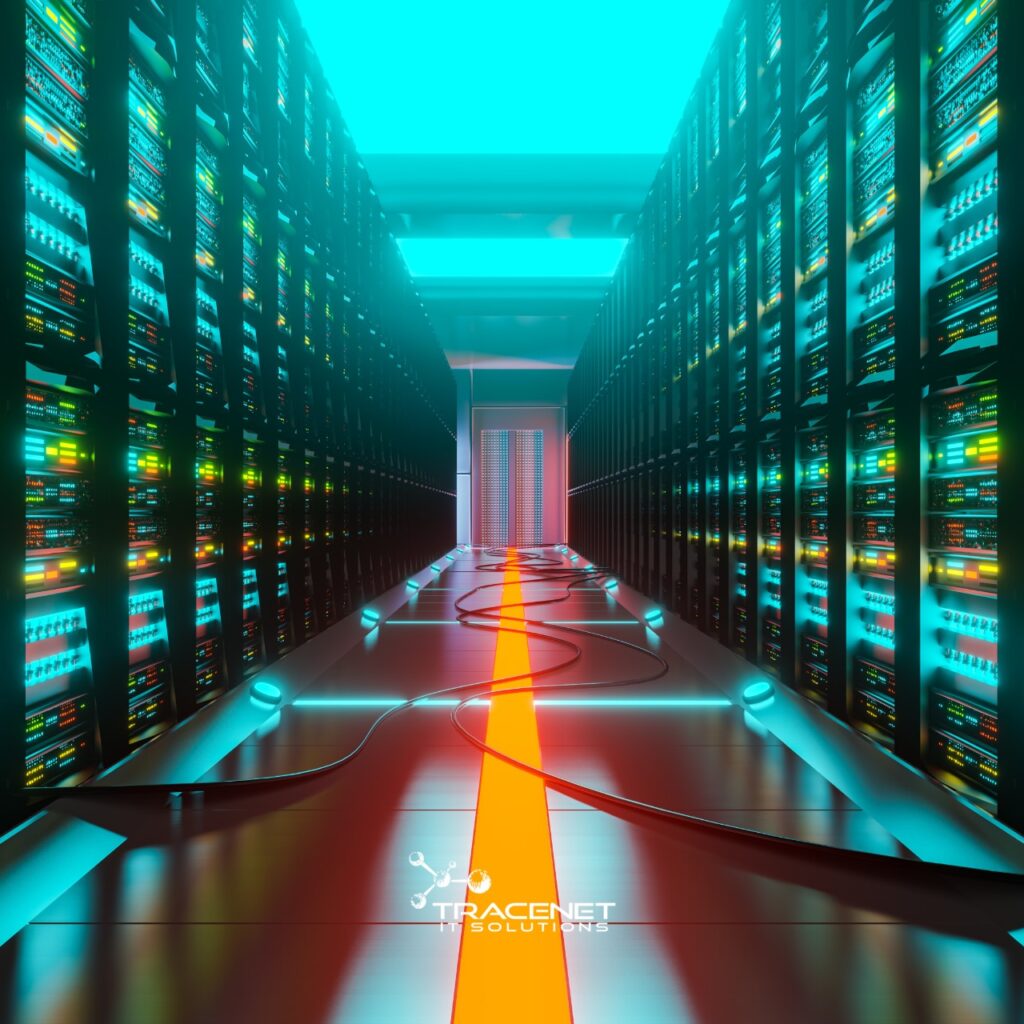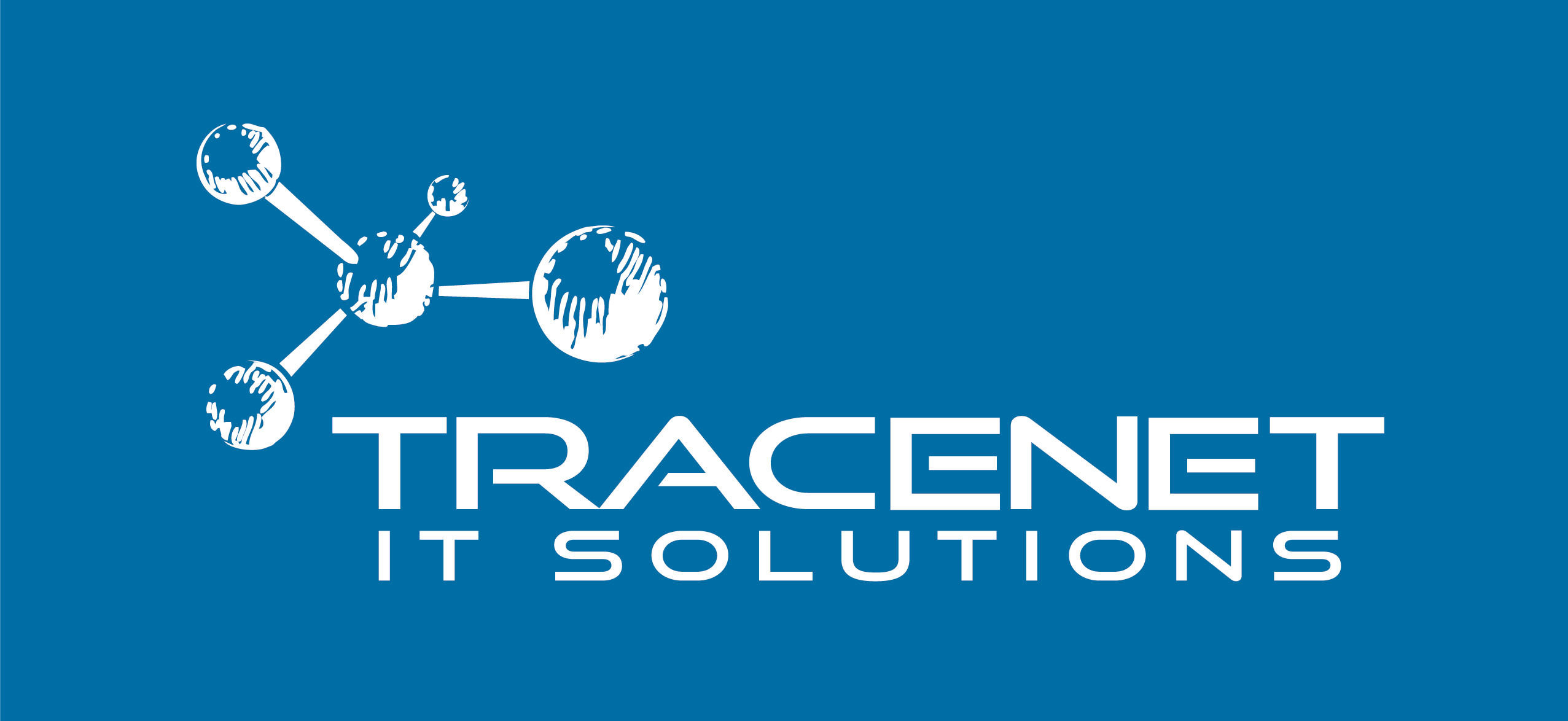Have you ever wondered how today’s most advanced technologies are developed and processed in record time?
Or rather, have you ever stopped to think about how complex data analysis to predict the weather, develop medicines, or even simulate the functioning of natural systems can be done precisely and efficiently?
The answer to these and many other questions lies in supercomputers! That’s why we’ve prepared this article to explain what these super-powered machines are and how they are used to make our lives easier. Enjoy reading 🙂
What are Supercomputers?
Supercomputers are extremely powerful and fast machines, designed to perform complex calculations and process large volumes of data at impressive speeds.
Unlike the personal computers we use every day, supercomputers have thousands of interconnected processors, working simultaneously to solve problems much faster.
Technically, they stand out for their ability to perform trillions of operations per second. In other words, to give you a better understanding, we can say that a supercomputer’s performance is measured in “flops” (floating point operations per second).
While an ordinary computer can reach a few gigaflops (millions of operations per second), supercomputers can reach exabytes of data, i.e. quintillions of operations per second.
Because of this mega-capacity, supercomputers are used in a variety of areas that require a great deal of processing power.
They not only allow scientists and researchers to solve complex problems but also drive technological innovations that directly affect our daily lives.
Meet Frontier, the world’s largest supercomputer.
Frontier, located at Oak Ridge National Laboratory in the United States, currently holds the title of the world’s largest supercomputer.
This supercomputer can perform 1 quintillion operations per second (1 exaflop). In simple terms, this means that it can process data at a speed that is thousands of times faster than previous supercomputers, enabling simulations and experiments that would have been unthinkable with previous technology.
Frontier is a true technological giant, used mainly in areas such as nuclear research, artificial intelligence (AI), and even in the simulation of cosmic phenomena.
The machine is also directly linked to advances in areas such as medicine, making it possible to analyze large volumes of data to develop more effective treatments and predict diseases.
Where can high-speed computers be found?
Although they may seem far away and exclusive to scientists or large companies, supercomputers are more present in our daily lives than we realize. Many of the technological innovations we use in our daily lives depend on the processing power of these computing giants.
Below are examples of actions that have a direct impact on our lives:
1. Weather forecasting
Supercomputers are used to simulate and predict weather conditions and natural disasters such as hurricanes and earthquakes.
The weather forecasts we use to plan our day, whether about temperature, rainfall, or wind, are made with the help of supercomputers that process huge amounts of climate data to generate accurate predictions.
2. Scientific and medical research
In the medical field, supercomputers are used to analyze patient data and help discover new drugs and treatments.
They are also essential for simulating diseases and creating more accurate models of therapies, contributing to advances in curing diseases such as cancer and Alzheimer’s disease.
In addition, they are fundamental in the analysis of genetic data to discover new personalized treatment approaches, enabling advances in personalized medicine.
3. Development of Artificial Intelligence (AI)
Artificial intelligence applications are growing exponentially, since assisting the development of new technologies.
4. Engineering and architecture simulations
Engineers and architects use supercomputers to create detailed simulations and test virtual models of new products or constructions.
This includes everything from designing safer and more efficient cars to simulating extreme conditions to predict the behavior of large structures such as bridges and buildings.
5. Space exploration
Space agencies such as NASA use supercomputers to simulate space missions and analyze data collected from satellites and space probes.
They help model the behavior of planets, stars, and other celestial bodies and are crucial for planning manned and unmanned missions.
6. Financial industry
In the financial sector, supercomputers are used to analyze market trends in real time, perform risk calculations, and execute high-frequency transactions.
This is key to making quick decisions in stock markets, where share prices can change every millisecond.
7. Quantum computing
What supercomputers are capable of today is impressive, but the future of computing promises even more.
With the advance of quantum computing, which is just beginning to be explored, the machines of the future will be able to carry out calculations and simulations much more efficiently and quickly than current technologies.
Quantum computing promises to revolutionize areas such as cryptography, process optimization, and even the development of new medical therapies.
Conclusion
Although supercomputers may seem distant and geared toward advanced scientific research, they have a significant impact on our daily lives.
They are fundamental to advances in various areas, such as health, finance, climate, and artificial intelligence, and their contributions are indirectly present in our lives, whether by predicting the weather or enabling advances in medical treatments.
The presence of Frontier, the world’s largest supercomputer, proves how this technology is becoming increasingly important for developing new solutions that can improve the quality of life on a global scale.
At Tracenet Solutions, which specializes in cybersecurity and information technology, we follow technological innovations closely and understand how these powerful machines are fundamental to developing solutions that make the digital world safer and more efficient. Stay tuned!



